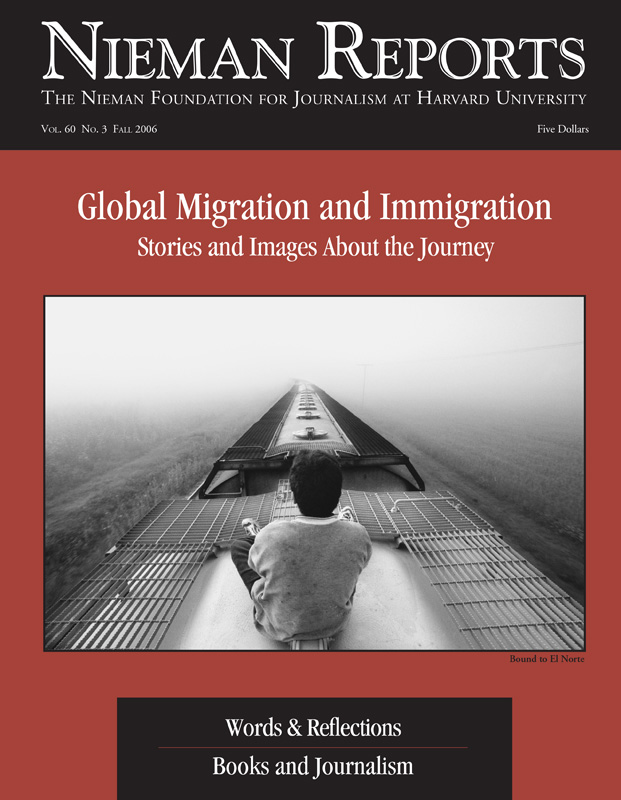RELATED ARTICLE
“Data Talk When Reporters Know How to Listen”
– By Stephen K. DoigWorking with the Investigative Reporters and Editors’ (IRE) National Institute of Computer-Assisted Reporting (NICAR), I and USA Today demographics editor Paul Overberg held training sessions around the country that taught hundreds of reporters and editors how to use the 2000 Census data. And I run an annual three-day newsroom statistics workshop at Arizona State’s Cronkite School with the help of data experts like Sarah Cohen of the Washington Post, author of IRE’s “Numbers in the Newsroom,” and Jennifer LaFleur and Holly Hacker of the Dallas Morning News. I and dozens of other number-competent types teach hands-on sessions at national IRE and NICAR gatherings. And thanks to a grant from the John S. and James L. Knight Foundation, I do an annual analysis of newspaper newsroom diversity with reporter Bill Dedman, whose own interest in finding stories in demographics dates back to his 1989 Pulitzer Prize for “Color of Money,” a study of discrimination in mortgage lending in the Atlanta area.
Reporters should be encouraged to grow their data gathering and analysis skills, and there is plenty of help available to do it. A good start is to join IRE, even if you’ve never worn a trench coat or spent weeks poring over paper records in the bowels of the court house. The IRE Web site is a rich source of tip sheets, training material, government datasets, beat books and archived stories. IRE also runs regular “boot camps” at their University of Missouri headquarters which over the years have shown hundreds of print and broadcast reporters how to find stories in data. The IRE site also will lead to helpful e-mail lists like NICAR-L and CENSUS-L, where beginners can find instant help from the veterans who use the lists daily.


